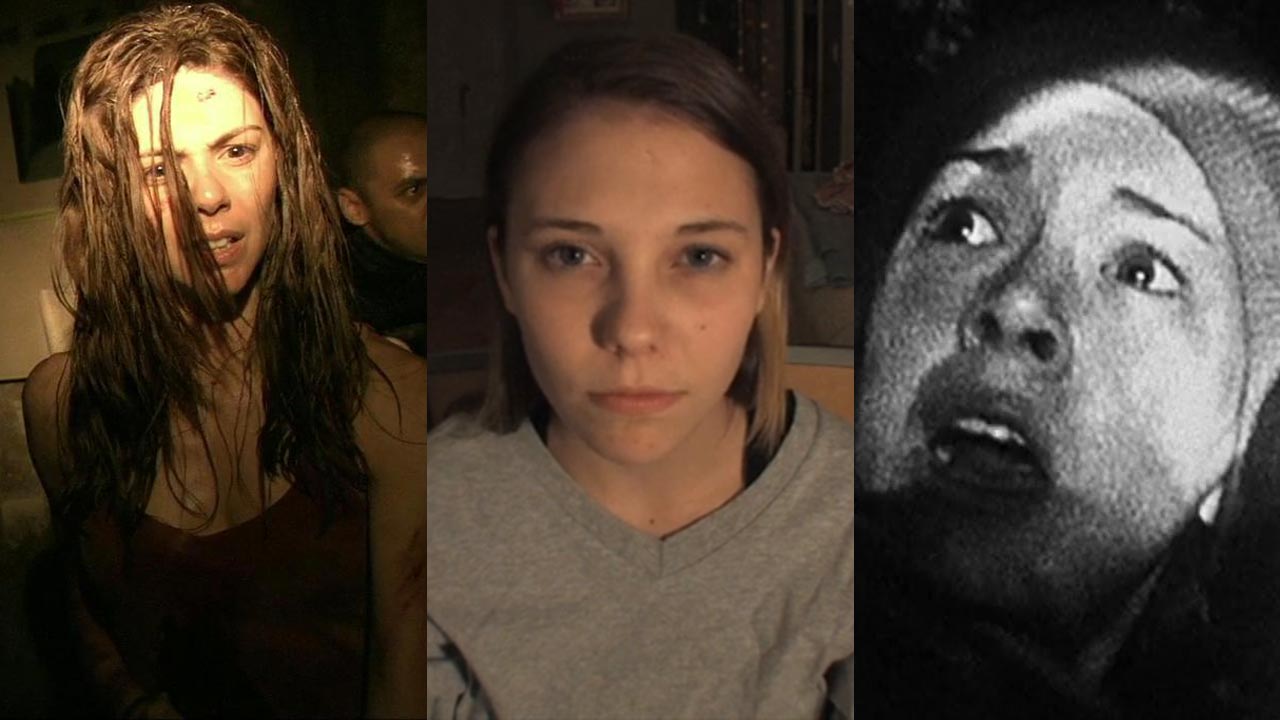Netflix’s "Megan Is Missing" has captivated audiences worldwide with its gripping narrative and emotional weight. But is Megan Is Missing based on a true story? This question has sparked intense curiosity among viewers who want to know whether the events portrayed in the film are grounded in reality. In this article, we will delve into the origins of the story, its connection to real-life events, and the broader implications of online safety and human trafficking.
With its raw portrayal of friendship, betrayal, and the dark underbelly of the internet, "Megan Is Missing" sheds light on a critical issue affecting countless individuals globally. The film’s authenticity and emotional depth have led many to wonder if the story is inspired by real-life events.
This article aims to provide a comprehensive analysis of the documentary, exploring its connection to real-life cases, the importance of understanding online dangers, and actionable steps for safeguarding oneself and loved ones in the digital age. Let’s uncover the truth behind "Megan Is Missing" and why it resonates so deeply with audiences.
Read also:Jerry Yan Married A Deep Dive Into The Life And Love Story Of The Iconic Director
Table of Contents
- The Origin of Megan Is Missing
- Is Megan Is Missing Based on a True Story?
- Biography of the Filmmakers
- Key Themes in Megan Is Missing
- Online Safety Statistics
- The Impact of the Documentary
- Steps for Preventing Online Exploitation
- Criticism and Controversy
- Similar True Stories
- Conclusion and Call to Action
The Origin of Megan Is Missing
Understanding the Film's Background
"Megan Is Missing" is a 2011 independent film directed by Michael Cotter and produced by Scott Lazerus. The film gained renewed attention after being added to Netflix, where it reached a broader audience. The story follows two teenage friends, Amy and Megan, who become entangled in a dangerous web of deception after meeting someone online.
The film’s minimalist approach and handheld camera techniques create an authentic and immersive experience, making viewers feel as though they are witnessing real events unfold. This stylistic choice has contributed to the perception that the story might be based on true events.
Why Was the Film Made?
The filmmakers aimed to raise awareness about the dangers of online interactions and the potential consequences of sharing personal information with strangers. By focusing on the vulnerabilities of young people, the film serves as both a cautionary tale and an educational tool.
Data from the National Center for Missing & Exploited Children (NCMEC) reveals that approximately 1 in 7 runaway children are likely victims of child sex trafficking. This alarming statistic underscores the importance of addressing these issues through media like "Megan Is Missing."
Is Megan Is Missing Based on a True Story?
One of the most frequently asked questions about "Megan Is Missing" is whether the story is based on real events. While the film is a work of fiction, it draws inspiration from numerous real-life cases involving online exploitation and human trafficking.
Director Michael Cotter has stated that the film was inspired by various news reports and personal accounts of individuals who fell victim to online predators. By weaving together elements from different stories, the filmmakers created a narrative that resonates with audiences and highlights the very real dangers lurking in cyberspace.
Read also:Eduardo Yaacutentildeez The Iconic Mexican Actor And His Journey To Stardom
Key Elements of the Story
- Two teenage girls, Amy and Megan, meet someone online.
- Their online interactions lead to a dangerous encounter in person.
- Megan goes missing, leaving Amy to deal with the aftermath.
These elements are not uncommon in real-life cases, where unsuspecting victims are lured into dangerous situations by predators posing as friends or romantic interests.
Biography of the Filmmakers
To better understand the authenticity and intent behind "Megan Is Missing," it’s essential to explore the backgrounds of the filmmakers involved in its creation.
Michael Cotter: The Visionary Director
| Name | Michael Cotter |
|---|---|
| Occupation | Filmmaker, Director |
| Notable Works | "Megan Is Missing," "The Devil's Carnival" |
| Background | Cotter is known for his unique storytelling style, often tackling dark and thought-provoking themes. |
Scott Lazerus: The Producer
Scott Lazerus, the producer of "Megan Is Missing," has a history of working on independent films that address social issues. His collaboration with Cotter brought the film to life, ensuring it reached a wider audience and sparked important conversations.
Key Themes in Megan Is Missing
"Megan Is Missing" explores several critical themes that resonate with viewers and highlight the dangers of the digital age. These themes include:
- Online Predation: The film sheds light on how predators exploit the anonymity of the internet to target vulnerable individuals.
- Friendship and Trust: The story examines the complexities of friendship and the consequences of misplaced trust.
- Grief and Guilt: Amy’s journey after Megan’s disappearance illustrates the emotional toll of losing a loved one to such a tragic fate.
Online Safety Statistics
Understanding the prevalence of online exploitation is crucial for recognizing the importance of films like "Megan Is Missing." Here are some alarming statistics:
- Approximately 4.5 million children worldwide are victims of trafficking each year, according to the International Labour Organization (ILO).
- A study by the Pew Research Center found that 59% of U.S. teens have experienced some form of online harassment.
- The NCMEC reports that in 2022, there were over 24,000 cases of child exploitation reported in the United States alone.
The Impact of the Documentary
"Megan Is Missing" has had a profound impact on viewers, sparking discussions about online safety and the need for greater awareness. The film’s release on Netflix brought these issues to the forefront, encouraging parents, educators, and policymakers to take action.
How Has the Film Influenced Society?
Since its release, "Megan Is Missing" has inspired numerous initiatives aimed at educating young people about the dangers of the internet. Schools and community organizations have incorporated the film into their curricula, using it as a teaching tool to promote safe online behavior.
Steps for Preventing Online Exploitation
While films like "Megan Is Missing" raise awareness, it’s essential to take proactive steps to prevent online exploitation. Here are some practical tips:
- Teach children about the importance of privacy and the dangers of sharing personal information online.
- Encourage open communication, allowing children to discuss their online experiences without fear of judgment.
- Install parental controls and monitoring software to ensure safe browsing.
Criticism and Controversy
Despite its positive impact, "Megan Is Missing" has faced criticism from some quarters. Critics argue that the film’s graphic content may be too intense for younger audiences and could inadvertently glamorize risky behavior.
Addressing the Criticism
Proponents of the film counter that its raw portrayal is necessary to convey the gravity of the issue. They argue that shielding viewers from the harsh realities of online exploitation would undermine the film’s purpose and diminish its effectiveness as an educational tool.
Similar True Stories
Several real-life cases mirror the events depicted in "Megan Is Missing." One such case involves Ashlynn Conner, a 14-year-old girl from Ohio who disappeared after meeting someone online. Her story highlights the very real dangers faced by young people in the digital age.
Lessons from Real-Life Cases
By examining these cases, we can gain a deeper understanding of the challenges faced by victims and their families. It also underscores the importance of vigilance and education in preventing similar tragedies.
Conclusion and Call to Action
In conclusion, while "Megan Is Missing" is a work of fiction, it is deeply rooted in the realities of online exploitation and human trafficking. The film serves as a powerful reminder of the dangers lurking in cyberspace and the need for increased awareness and education.
We encourage readers to take action by educating themselves and their loved ones about online safety. Share this article with others, engage in discussions about the film, and explore additional resources to learn more about this critical issue. Together, we can create a safer digital world for everyone.

